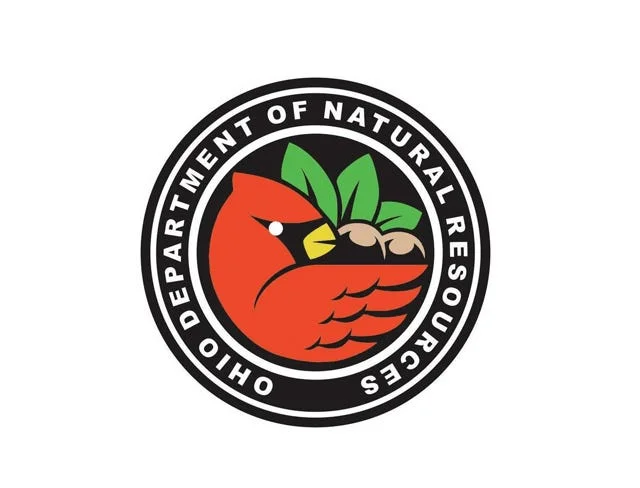
Ohio Wildlife Officers Honored for Their Stand Against Deer Poaching
COLUMBUS – In a remarkable recognition of commitment to conservation, two Ohio wildlife officers have been awarded the prestigious Pope and Young Club’s Wildlife Law Enforcement Officer Award. Their distinguished efforts in combating deer poaching, particularly in the case of a white-tailed deer shooting, underline the importance of wildlife protection in our communities.
Isaiah Gifford, hailing from Zanesville, and Matt Roberts from Greenfield made history as the first Ohio officers to receive this accolade. This honor not only recognizes their hard work but also emphasizes the critical role wildlife law enforcement plays in safeguarding wildlife populations.
Their diligent investigation unraveled a serious trophy buck poaching case involving one Christopher Alexander from Wilmington. In November 2023, Alexander unlawfully shot an 18-point trophy buck, leading to a highly publicized conviction. Following a guilty plea to 14 related charges in Clinton County Common Pleas Court, Alexander faced severe penalties, including the maximum restitution of $35,071—the highest ever recorded in Ohio for a single white-tailed deer. This substantial restitution reflects the deep commitment of Ohio’s law enforcement to uphold wildlife protection laws and punish such egregious violations.
Officer Isaiah Gifford, aged 26, has been with the department since he graduated from the Wildlife Officer Training Academy in 2023. His academic background in criminal justice has undoubtedly informed his approach to law enforcement. Meanwhile, Officer Matt Roberts, 44, has dedicated his service to Highland County since 2022. Together, their combined experience and passion demonstrate that age or years on the job do not solely define effective wildlife officers, but rather their dedication and resilience.
The Pope and Young Club, a leading nonprofit organization focused on big game animal conservation, presents this award biennially to highlight the significance of protecting animal populations in North America. Their recognition of Gifford and Roberts is a testament to the impact local officers can have beyond their counties, strengthening the network of wildlife protection across the nation.
As we reflect on the achievements of these officers, it poses an important question: How can we, as communities, support wildlife protection efforts in our local areas? By raising awareness of poaching issues and advocating for strict enforcement of wildlife regulations, we can all contribute to preserving our natural heritage.
What do you think about the challenges faced by wildlife officers in today’s world? Share your thoughts in the comments below to continue this important conversation about wildlife conservation.